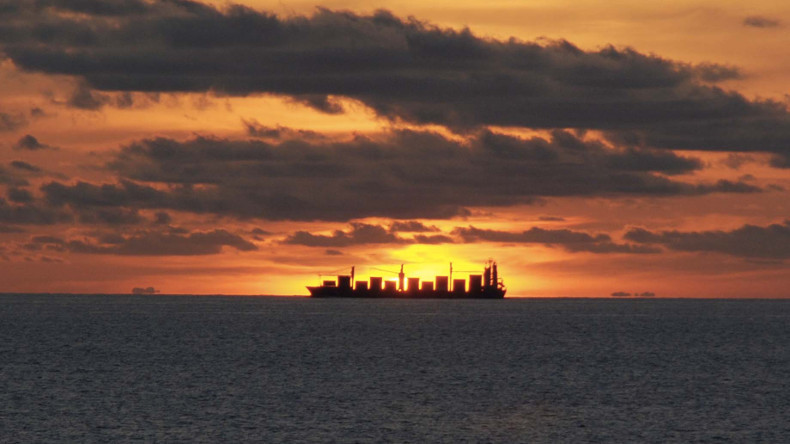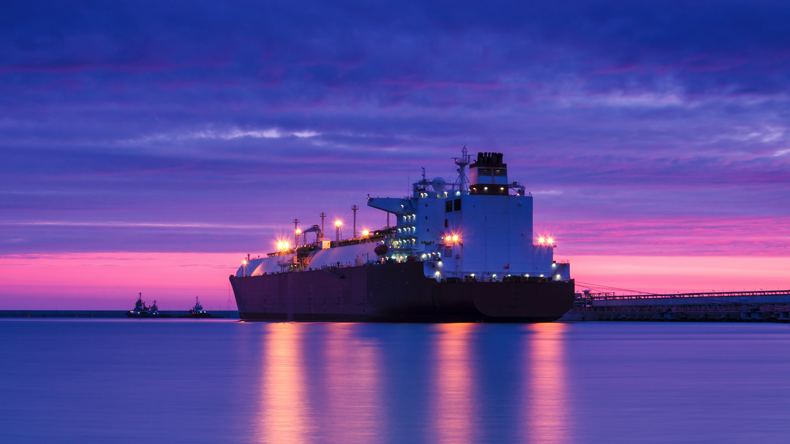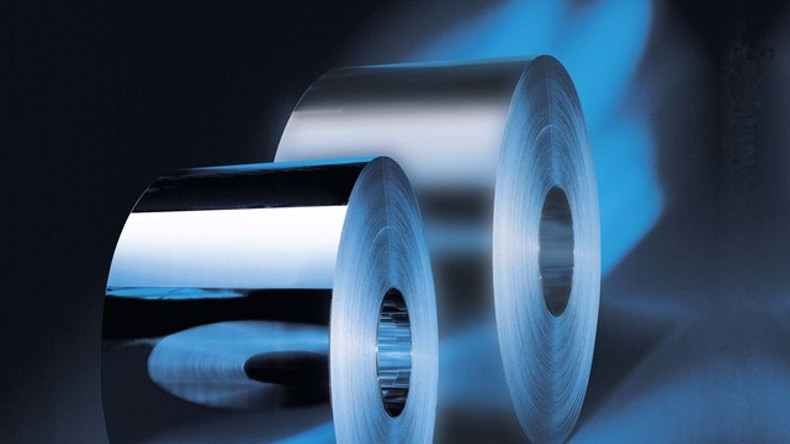Weekly briefing: Glimmer of hope for carriers; floating storage at new highs
Also, more bad news for dry bulk operators
Initial concerns over frozen supply chains and port congestion as a result of lockdown measures has not come to pass, but carriers are still looking at a grim second quarter. Meanwhile, demand for clean tankers surges as land-based storage for refined oil products fills up
THIS weekly briefing provides sector-by-sector coverage of the coronavirus outbreak and its impact on shipping, direct from the Lloyd’s List team.
Follow the links within the text to the relevant news items in each market segment.
Containers
At a time when things only seem to be getting worse for container carriers, there are some slight glimmers of hope.
Chief among those is that the lockdowns that have taken place around the world, and which led to concerns of a total freeze of supply chains and congestion at ports, has not come to pass.
Carriers, terminals and shippers had worried that a rush of orders made between the reopening of factories in China and the closure of shops, and much else, in Europe and North America would lead to an unholy combination of goods arriving but having nowhere to go and no one to collect them.
The five to six week voyage between China and Europe was a time of tension for all concerned, but it appears that the worst has not happened. In the UK, major port groups said that while they had been busy — working at a pace similar to peak season — container terminals had coped with the onslaught and goods were being moved off the terminal.
With that high over, however, they must now look forward to a grim second quarter with far fewer volumes being imported. Most of those reporting first-quarter volumes have already seen sharp declines, and there are no indications the second quarter will be any better.
Part of the reason for that is the high number of blankings, with more than 400 now announced, that have helped container lines maintain rates as they adjust capacity to meet with the new lower levels of demand. Those blankings may now have peaked, but there are few signs of a return to normal.
Figures from Standard & Poor’s indicate a fall in global GDP of 2.4% this year, with the US and eurozone contracting by 5.2% and 7.3%, respectively. For global trade, this would represent a reduction of about 15% over 2020. Little wonder then that the ratings agency downgraded its credit outlooks for three of the major carriers.
With revenues falling alongside container volumes, questions are being raised over the survival of some carriers. This has led to the question of state support for ailing lines raising its head again.
No one who witnessed the disruption caused by the collapse of Hanjin Shipping wants to live through that again, but there are questions over the fairness of carriers being given state support.
Korea’s national carrier HMM last week received support as part of a $1bn government package for the country’s shipping industry, but Danish shipowners have expressed concern over the fairness of that aid, announced on the day that HMM took delivery of what is for now the world’s largest, and probably least needed, containership.
Tankers
Floating storage of refined products such as gasoline and jet fuel is forecast to hit fresh highs over the next six weeks.
The global surplus of land and air transport fuels that has overwhelmed land-based tank capacity is not expected to recede until around the end of June.
The coronavirus pandemic and global lockdown that has cut oil demand by as much as one third has also triggered a collapse in prices for land and air transport fuels to the lowest in more than two decades.
Based on the latest forecasts, between 30 and 114 aframax-sized tankers will be needed to accommodate the accelerating floating storage demand. Despite the wide disparity, those numbers represent a phenomenal surge in demand for clean tankers, with the largest vessels already banking record earnings above $160,000 daily.
Estimates of current clean floating storage levels range from 40m to 65m barrels, substantially less than crude oil volumes. Some 163m barrels of crude and condensate is measured on 114 tankers over the past 20 days or more, according to Lloyd’s List Intelligence.
Spot rates for very large crude carriers may be on the decline due to limited storage capacity and lower demand, but Egypt’s national oil company has chartered a VLCC for a contract worth far above $300,000 per day.
The Egyptian General Petroleum Corporation has finalised the charter-in of the 2019-built and scrubber-fitted Hunter Laga for a Middle East Gulf to Red Sea voyage for 265 points on the Worldscale, VLCC pools Tankers International reported.
Hunter Laga’s latest charter price tag, which is an exceptional sight in any market, is notably higher than the general charter levels seen last week.
Persistently low oil prices and unimpeded supply have elevated average rates for VLCCs to rare highs since early March, reaching almost $230,000 per day during the middle of last week. However, that figure had dropped to around $180,000 per day by the end of the week as oil supply cuts are expected to come faster and more intensely than initially thought in response to evaporating demand.
Meanwhile, the market for liquefied natural gas carriers is set for a challenging few months as cargo cancellations have hit unprecedented levels and are expected to grow.
LNG spot rates have slid by 50% since the end of last month, reaching as little as $22,000 per day for Pacific voyages, according to the latest data from the Baltic Exchange. The combination of a demand shock and the option of dropping US cargoes at a small cost have fuelled the cancellations.
Dry bulk
This week brought more bad news as bulker operator Clipper Bulk axed 24 of 91 shore-based jobs, mainly at its Copenhagen headquarters.
The company’s chief executive said that the dry cargo market has struggled with unsustainably low freight rates for years, but the coronavirus pandemic has made matters worse and caused a steep downturn in demand and freight rates.
Steel production, for example, is now falling in response to a slowdown in manufacturing activities such as the closure of car factories.
The World Steel Association noted a 6% drop in March figures to 147.1m tonnes from the year-earlier period.
China produced 79m tonnes, a decline of 1.7%, while India’s output fell 14% to 8.7m tonnes. Japan’s production slipped almost 10% to 8.2m tonnes.
Indeed, Nippon Steel announced it was lowering the “tapping ratio of blast furnaces, extending the time between blasting, and taking other measures to reduce overall steel output volume”.
It will be “banking” its number two blast furnace at the East Nippon Works’ Kimitsu area from mid-May, once preparations are complete, for example. Two other units have had similarly minimised operations.
Banking means calling a temporary halt to production by stopping the air blast flow and allows production to be restarted at a later date, something similar to a hot layup.
Meanwhile, another indirect fallout from the coronavirus is being witnessed on petcoke trades, which are expected to decline, denting earnings and demand for smaller bulker sizes.
With refineries cutting runs on lower demand for oil-products such as jet fuel, cargoes of petcoke, a waste-product of the refining process used in power plants and other industries, will likely diminish and exports from top supplier the US may be hit.
Although the trades are small in the grand scheme of things, at 1% of the total dry bulk seaborne market, a decline in trade flows cannot be ignored amid an already sluggish environment.



